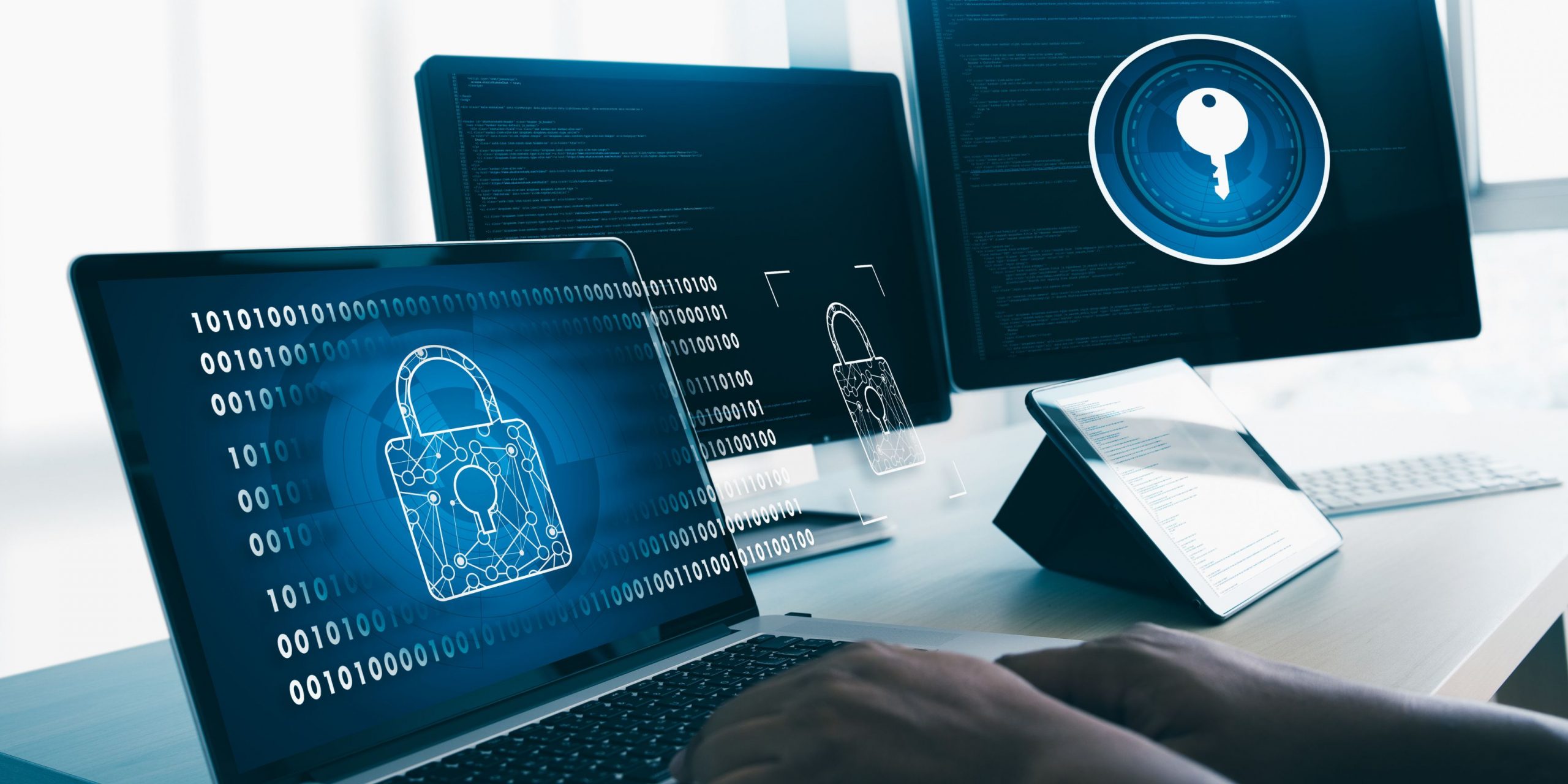In today’s interconnected world, security and privacy play crucial roles. They are the backbone of physical and digital platforms. As we navigate a data-rich landscape, the evolution of security and cybersecurity has become a top priority for executives. Privacy has also become a fundamental concern globally, moving beyond just legal and compliance issues. This shift comes from a wave of new laws and a growing awareness of privacy challenges. Regulations like the GDPR and various privacy laws worldwide have spotlighted this issue. The digital age has also redefined global IT standards, such as ISO and NIST, integrating privacy into their core.
Delineating Security from Privacy
Security focuses on protecting data and systems from unauthorized breaches. It uses tools like cybersecurity, physical security protocols, and access control systems. These tools aim to prevent data breaches and ensure data integrity and availability.
Privacy, however, manages and protects personal information’s confidentiality. This includes practices like data anonymization, consent management, and strict data handling policies. These efforts ensure personal information is treated with legal and ethical respect.
While security combats external threats, privacy safeguards individual rights and data management preferences.
Strategic Insights for Harmonization
Harmonizing privacy and security can face hurdles, mainly due to organizational silos. Overcoming these challenges involves deeply integrating privacy and security into the organizational culture, driven by key insights:
- Unity in Diversity: Privacy and security are complementary, offering a holistic approach to data protection.
- The Human Element: Cultivating a culture that values privacy and security turns staff into advocates, enhancing compliance and data protection commitment.
- Designing with Forethought: Early integration of privacy, security, and user-friendliness protects data and improves user experience.
- The Bedrock of Privacy: Comprehensive risk assessments establish a strong privacy foundation.
- The Value of Transparency: Being open about privacy and security mechanisms builds trust.
- Reciprocity and Balance: Creating fair consent processes and balanced data control is vital.
- Proactive Stance: Clear privacy protocols and dedicated privacy champions promote proactive privacy management.
- A Blueprint for Privacy: A clear privacy code of practice reduces risks and protects information.
Elevating Your Security and Privacy Landscape
Finding the right balance between security and privacy is crucial. Integrating these principles into daily operations helps organizations navigate digital age complexities. This ensures robust user data protection in line with legal standards.
Maxxess Systems leads in providing security solutions that strengthen your privacy and security framework. Our technologies and insights help your business manage privacy and security challenges. Request a demo today and move towards a more secure and privacy-conscious future.

